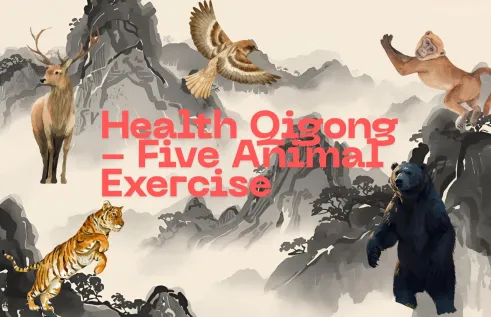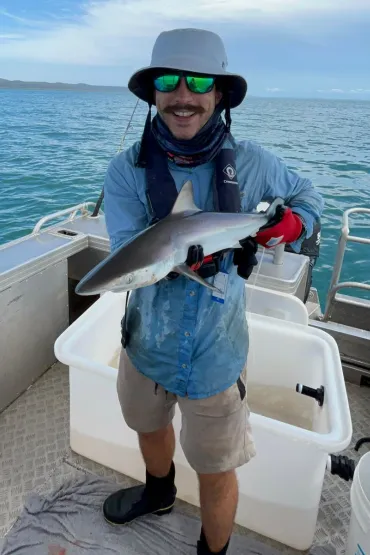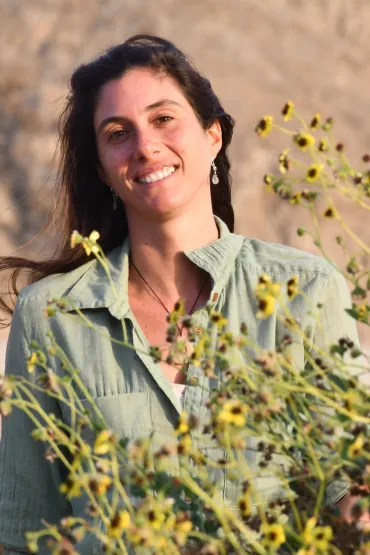RIEL seminar series
Shark and ray conservation in northern Australia and Asia
| Presenter | Samuel R. Amini and Adriana Gonzalez Pestana | |
|---|---|---|
| Date/Time |
to
|
|
| Contact person | E: RIEL.outreach@cdu.edu.au | |
| Location |
Yellow 1 level 1 room 33 at CDU Casuarina Campus And online via Zoom (see below for Zoom link) All times are ACST |
|
| Open to | Public | |
In the seminar ‘Shark and ray conservation in northern Australia and Asia’ we will hear from two emerging researchers from the Northern Shark and Ray Research Group at Charles Darwin University’s Research Institute for the Environment and Livelihoods (RIEL).
Samuel R. Amini is an honours student and research assistant in the Northern Shark and Ray Research Group. His interests lie in evolutionary ecology, population genomics, systematics, and conservation of bony and cartilaginous fishes. During this seminar, Sam will present “Stranded Critically Endangered Largetooth Sawfish (Pristis pristis) provide insights into habitat and kinship”.
Extensive inundation of northern Australian floodplains in the tropical wet season allows Largetooth Sawfish pups to access vast areas of aquatic habitat. This has led to a unique long-term collaboration between Indigenous rangers and researchers to search for, and rescue, trapped sawfish. Sam will present some ecological findings from these “sawfish rescues” where stranded sawfish are relocated from near-dry waterholes to the perennial waters of the nearby river.
This will include the history of the sawfish rescues, the occurrence of sawfish on the floodplain, and the relatedness (genetic similarity between two individuals) of stranded sawfish using genome-wide single nucleotide polymorphism (SNP) data.
Adriana Gonzalez Pestana is a PhD student in the Northern Shark and Ray Research Group. Since its inception in 2022, Adriana has also been involved in the Important Shark and Ray Areas (ISRA) project, which is led by the Shark Specialist Group of the International Union for Conservation of Nature. Her thesis is focused on shark and ray critical habitats in the Western Indo-Pacific. Adriana’s presentation will focus on “Important Shark and Ray Areas: a blueprint for conservation action in Asia”.
Asia is a global hotspot for chondrichthyan (shark, ray, and chimaera) biodiversity, hosting a third of known species. This group faces critical conservation challenges due to overfishing, habitat degradation, and insufficient management. The ISRA project identifies critical habitats essential for chondrichthyan survival through the application of four criteria and seven sub-criteria.
This work focused on the Asia region and examined the species for which ISRAs were delineated, the type of critical habitats identified, the contribution of various data sources to the identification of ISRAs, and the extent of overlap between ISRAs and Marine Protected Areas.
Related Events

Tai Chi Kung Fu Fan
Join our Tai Chi Kung Fu Fan classes to learn a unique style of Tai Chi combined with other martial arts and dance movements! The classes run every Monday at 5.30 pm, from 26 January - 30 March.
Read more about Tai Chi Kung Fu Fan
Chinese kung fu classes for kids
Join our kung fu classes specialised for children. It’s more than just exercise—it’s a journey to a healthier, brighter, and more focused future for every child! The classes run every Monday at 5.30 pm, from 26 January - 30 March.
Read more about Chinese kung fu classes for kids
Health Qigong - Five Animal Exercise
The CDU Confucius Institute is offering Health Qigong - Five Animal Exercise workshops on the Casuarina campus every Tuesday from 5.00 pm - 6.30 pm, starting on 27 January to 31 March.
Read more about Health Qigong - Five Animal Exercise

